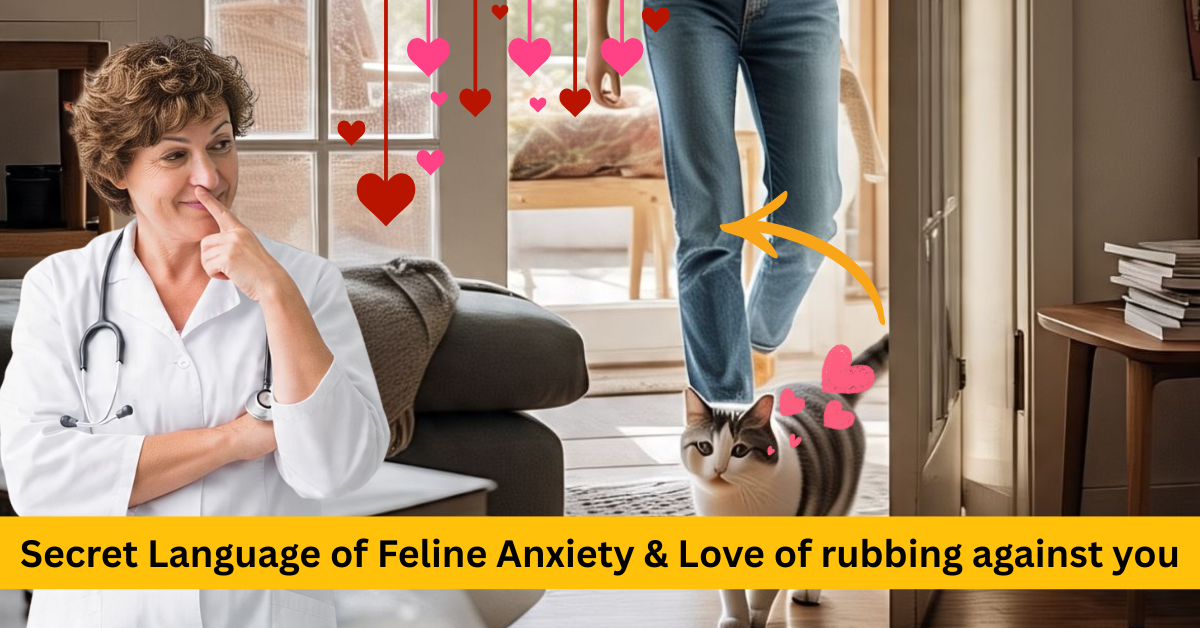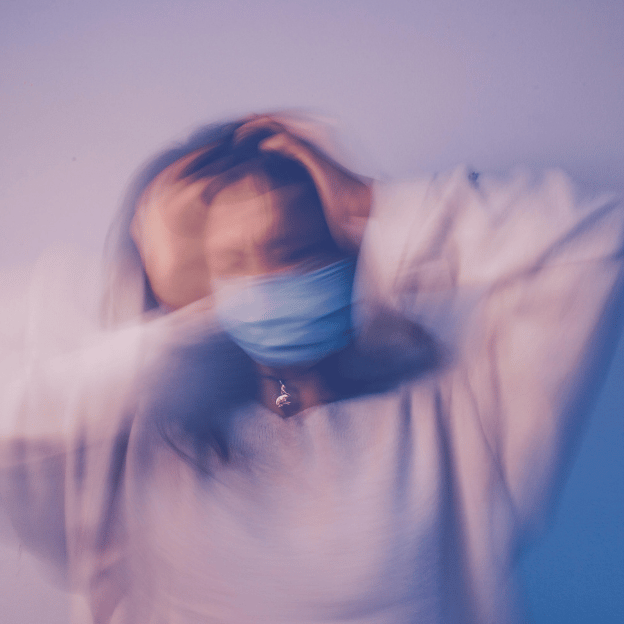Why Your Cat Rubs Against You: The Secret Language of Feline Anxiety & Love

Strong 8k brings an ultra-HD IPTV experience to your living room and your pocket.
When your cat rubs against you for comfort, your reaction matters. Here’s how to be their zen master:
Stay calm: Speak softly and avoid sudden movements. Your energy affects theirs.
Offer gentle pets: Stroke their cheeks or chin to encourage pheromone release.
Distract with play: A wand toy can redirect anxiety into healthy activity.
Respect boundaries: If they wander off after rubbing, let them go—they’ve had their dose of calm.
Pro tip: Pair stress-rubbing sessions with a treat to create positive associations.
The Language of Scent: More Than Just Pheromones
Cats communicate through scent in layers beyond glandular pheromones:
Saliva and sweat: Licking or kneading you mixes their scent with yours, deepening the “safe zone” bond.
Urine marking: Rare in stressed indoor cats, but sudden spraying could signal extreme anxiety.
Object rubbing vs. human rubbing: Furniture rubbing marks territory, while human rubbing seeks emotional reassurance.
Pro tip: If your cat rubs your shoes or bags after you’ve been out, they’re “resetting” their scent map.
Decoding the Calming pheromones in cats
Dive deeper into the science:
Facial glands: Cats have scent glands in cheeks, lips, and forehead. Rubbing deposits pheromones that signal safety.
Synthetic solutions: Products like Feliway replicate these pheromones, but never spray directly on your cat—apply to their favorite spots.
Human scent bonding: When your cat rubs you, they’re mingling scents to create a “family odor,” which eases loneliness.
Cat cheek glands of scent marking
Why do cat rubs on things
Stress-rubbing spikes aren’t just about storms or vet visits. Watch for:
New roommates: Humans, pets, or even a fish tank!
Rearranged furniture: That relocated couch? A feline existential crisis.
Litter box changes: Switching brands or locations can unsettle even bold cats.
Fix it: Introduce changes gradually. For new pets, use scent-swapping (exchange blankets) before face-to-face meets.
Cat rubbing behavior
In homes with multiple cats, stress-rubbing can signal:
Territory negotiations: “This human is MY safe zone.”
Hierarchy checks: Submissive cats may rub more to appease dominant pals.
Group stress: All cats rubbing furniture? A shared trigger (like construction noise) might be the culprit.
Solution: Provide separate safe spaces (e.g., perches, boxes) to reduce competition.
Myth Busting: “They’re Just Needy!”
Myth: Rubbing is attention-seeking.
Truth: It’s self-care—like meditation for cats.
Myth: Only anxious cats rub.
Truth: All cats do it, but frequency and context reveal stress levels.
Did you know? Sudden, intense rubbing could indicate pain. Rule out health issues with a vet visit.
Scent Marking in Senior Cats & Stress
Aging cats may rub more due to:
Cognitive decline: Confusion from dementia heightens anxiety.
Arthritis: Rubbing joints against you might signal discomfort.
Hearing loss: Silence can be unsettling; scent-marking restores control.
Comfort hack: Heated beds or nightlights ease nighttime anxiety.
From Wild to Mild: Lion Lessons
Wild parallels deepened:
Lions: Head-rubbing in prides reinforces bonds and reduces tension before hunts.
Tigers: Rub trees to mark territory after environmental disruptions (like wildfires).
Your home is their savannah—consistency is key.
Stress relief for cats
Build lifelong resilience:
Training: Clicker training boosts confidence. Start with simple commands like “sit.”
Diet: Omega-3 supplements (vet-approved) can reduce anxiety.
Routine: Feed, play, and cuddle at the same times daily.
Case study: Max, a skittish Bengal, stopped over-rubbing after 3 months of puzzle feeders and morning play sessions.
Note: IndiBlogHub features both user-submitted and editorial content. We do not verify third-party contributions. Read our Disclaimer and Privacy Policyfor details.







